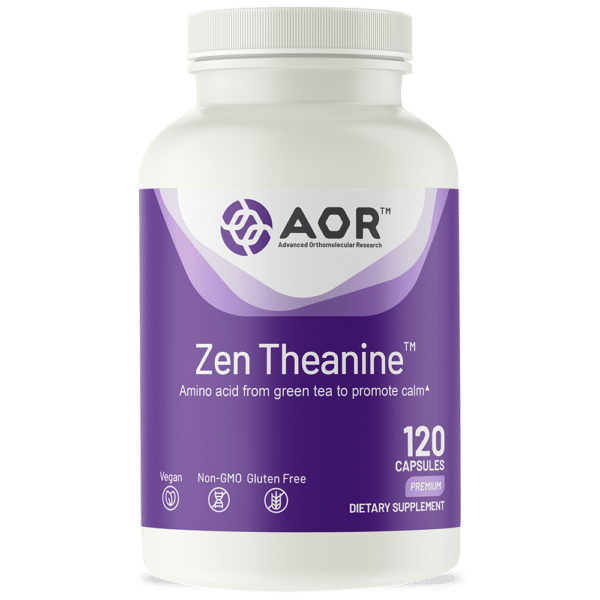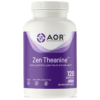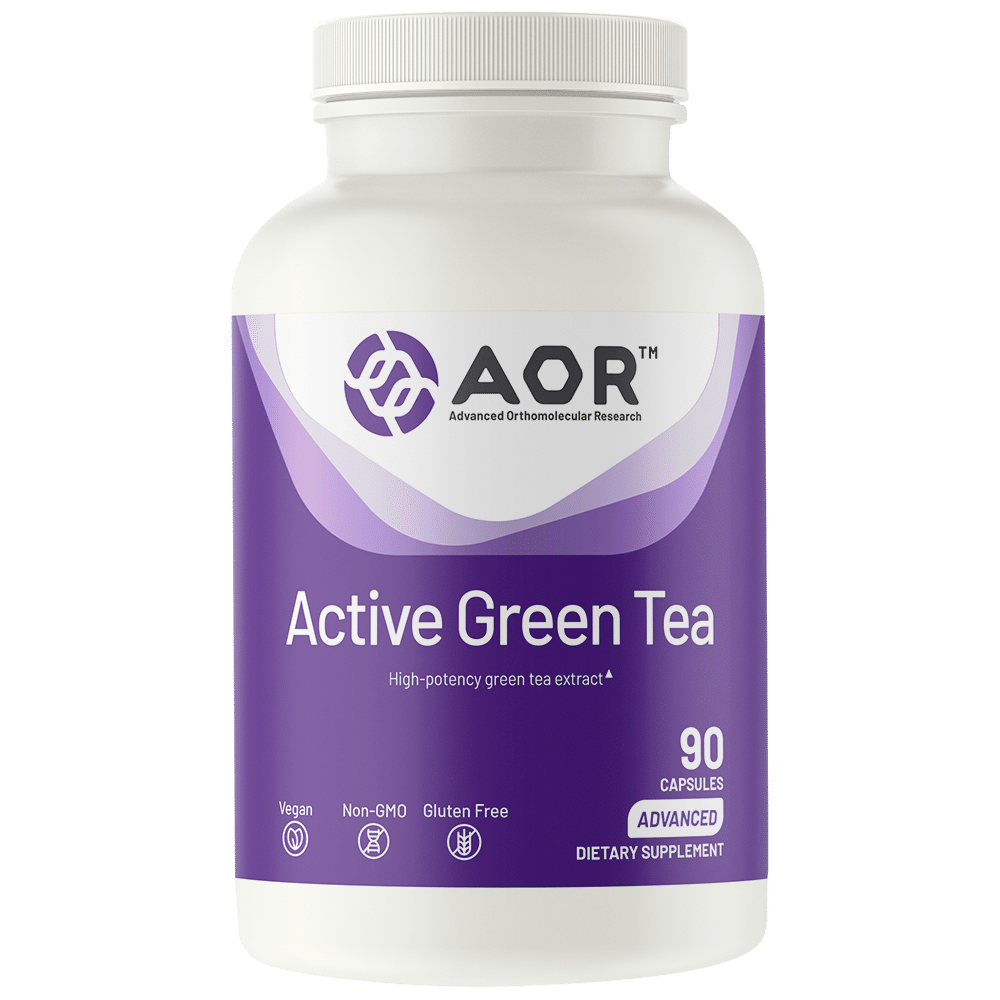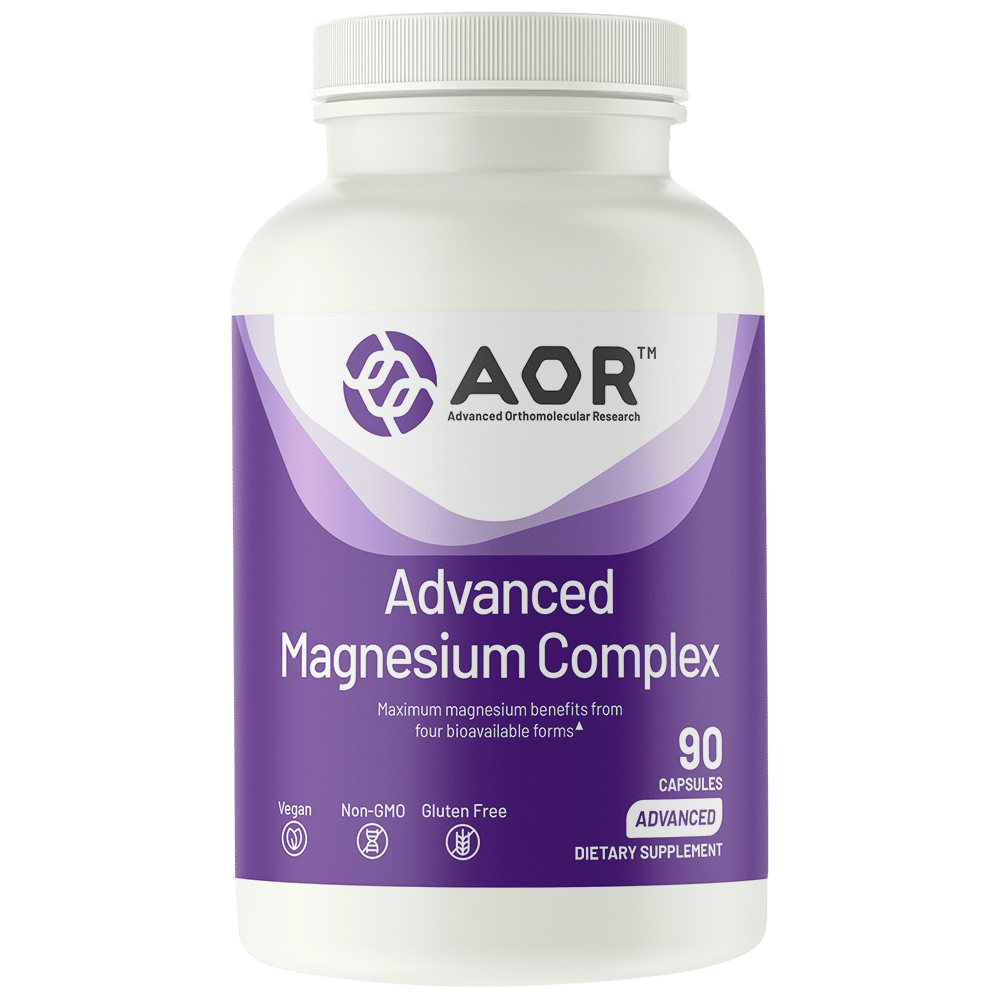

Zen Theanine™
Promotes relaxation without drowsiness*
- Naturally sourced L-theanine in an optimal dose
- Fast-acting and effective with one high-dose capsule
- Promotes a calm, relaxed alertness without causing drowsiness

Gluten Free

Non-GMO

Vegan
Product Information
Zen Theanine™ is an ideal formula for those who are looking to sleep better, improve their concentration, and feel more relaxed in general. Targeting neurotransmitters, Zen Theanine™ harnesses the power of L-theanine to help you achieve what is called “alert calmness.”
The amino acid L-theanine is not only a well-known dietary supplement, but also a food additive used in Japan to give foods and beverages a savory flavor. L-theanine supports alpha-wave brain activity, which is associated with the relaxed and peaceful alertness that is experienced during meditation and it rapidly enters the system when ingested (within roughly 40 minutes).
L-theanine promotes mental focus along with a feeling of relaxation plus alertness because it has a chemical structure very similar to glutamate, an amino acid that occurs naturally in the body and helps transmit impulses in the brain. L-theanine appears to modulate the motor stimulation associated with caffeine as well as inhibit some of the actions of the stress hormone norepinephrine in the central nervous system.
AOR Advantage
Zen Theanine™ provides naturally sourced L-theanine in an optimal dose backed by clinical research. It offers an ideal option for those suffering from stress or feelings of anxiousness, especially when those feelings compromise the ability to work, study or sleep.
Discussion
Zen Theanine™ is L-theanine, a unique amino acid associated with promoting calm and relaxed alertness.*
Guarantees
AOR™ guarantees that all ingredients have been declared on the label. Made without wheat, gluten, nuts, peanuts, sulfites, soy, dairy, eggs, fish, shellfish or any animal by-product.
Directions
Take one capsule daily without food, or as directed by a qualified health care practitioner. Do not crush, mix, or blend capsules. Swallow capsules whole.
Cautions
Consult your physician before use if you are pregnant, lactating, have a medical condition, or are taking any medication. Consult a health care practitioner if you have a liver disorder, or if you have an iron deficiency. Keep out of reach of children.
Disclaimer
*These statements have not been evaluated by the Food and Drug Administration. This product is not intended to diagnose, treat, cure, or prevent any disease.
Serving Size 1 Capsule / Servings Per Container: 120
Amount Per Serving
% Daily Value
L-Theanine
225 mg
†
† Daily Value not established.
Other Ingredients: Microcrystalline cellulose. Capsule: hypromellose.





